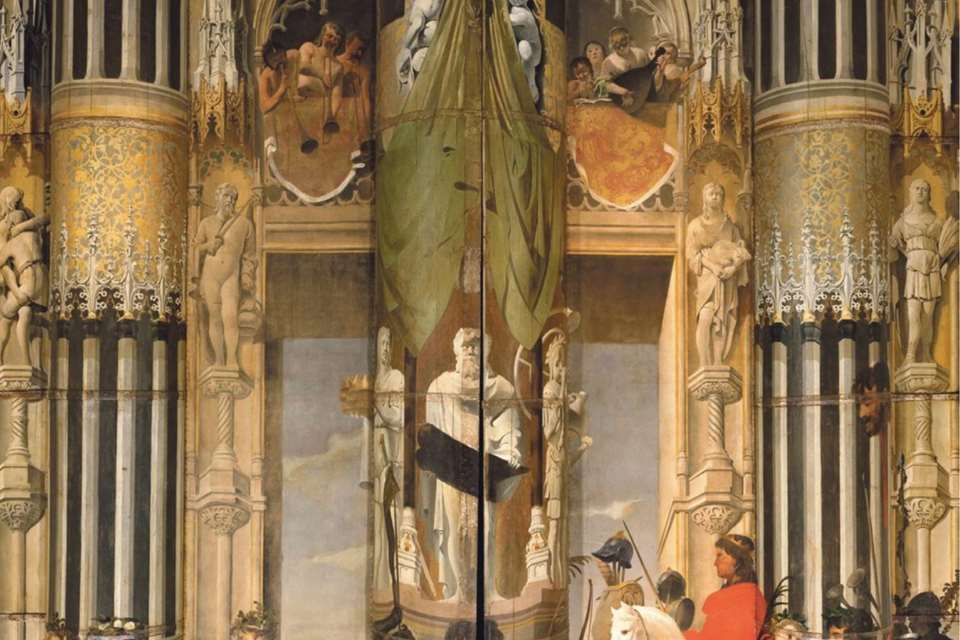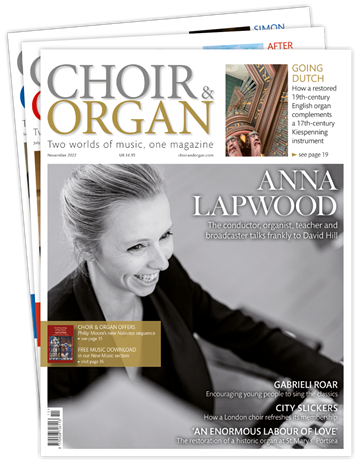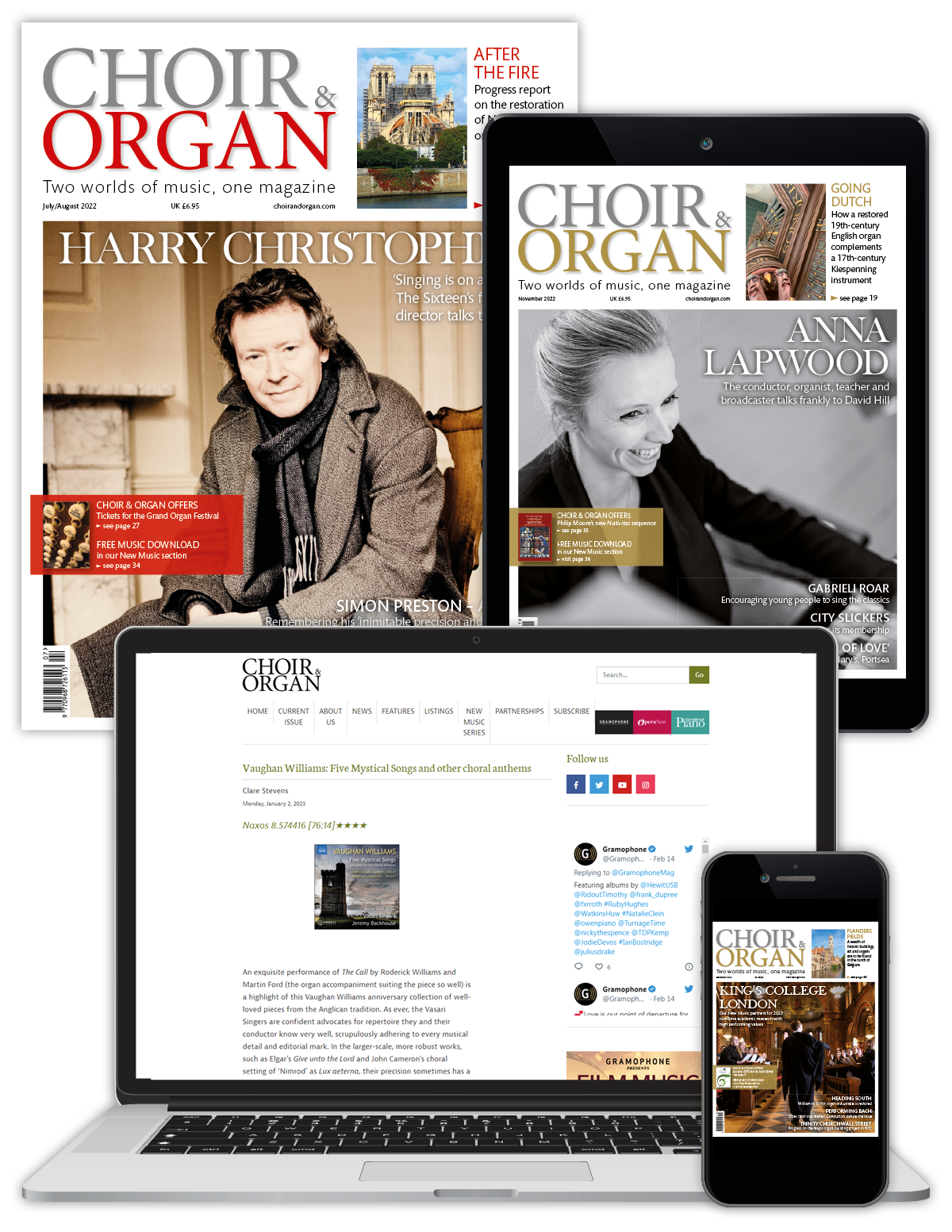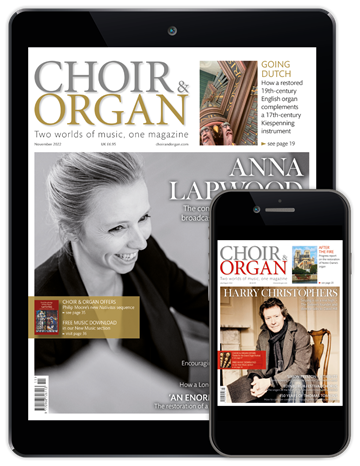Meeting Sander Booij, one of the most gifted Dutch organ builders of his generation
Chris Bragg
Friday, February 23, 2024
Chris Bragg meets Sander Booij, one of the most gifted Dutch organ builders of his generation, as he takes over the leadership of one of the country’s most venerable workshops
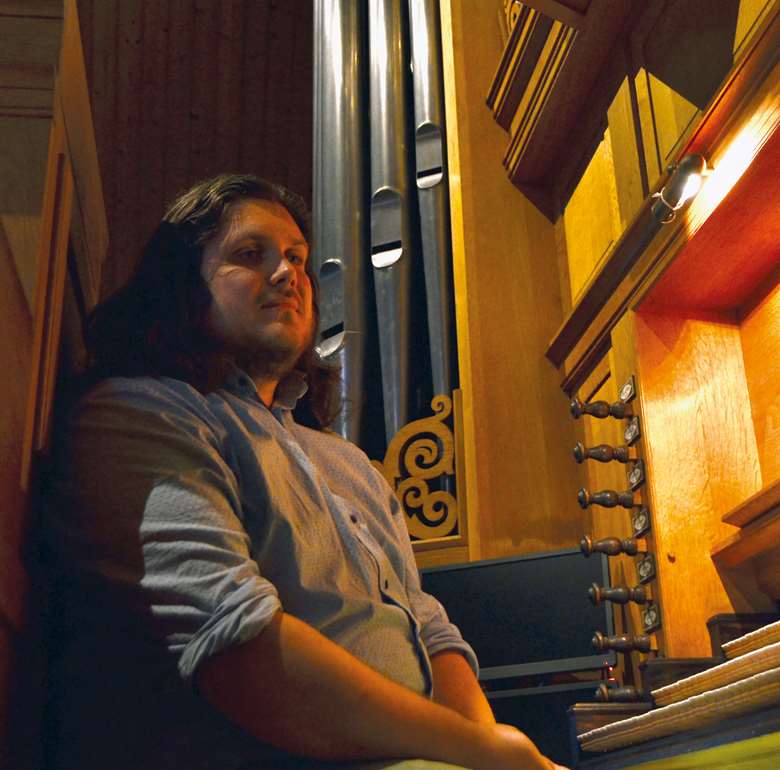
Register now to continue reading
This article is from Choir & Organ. Don’t miss out on our dedicated coverage of the choir and organ worlds. Register today to enjoy the following benefits:
- Free access to 3 subscriber-only articles per month
- Newly-commissioned sheet music to download from our New Music series
- Unlimited access to Choir & Organ's news pages
- Monthly newsletter




